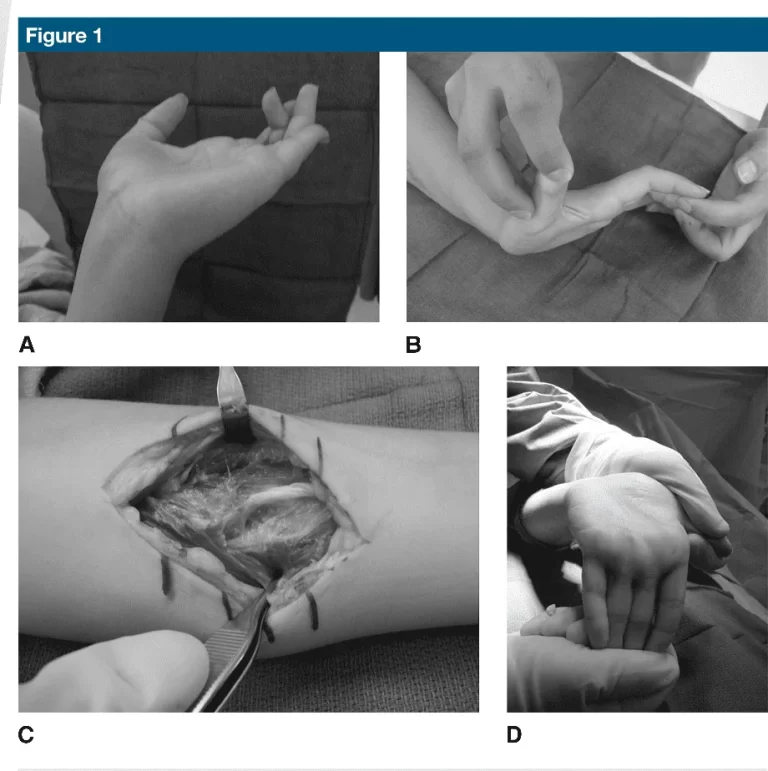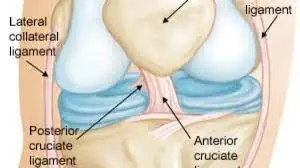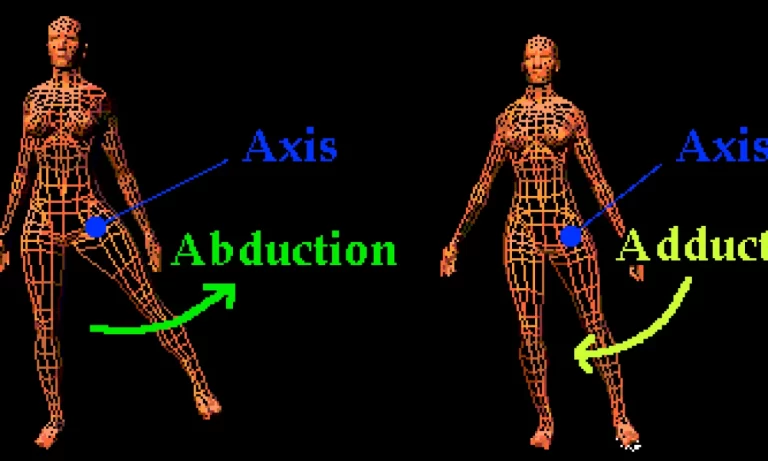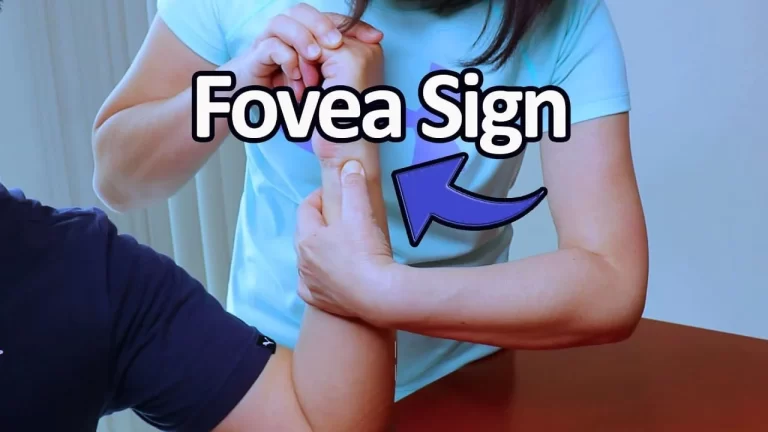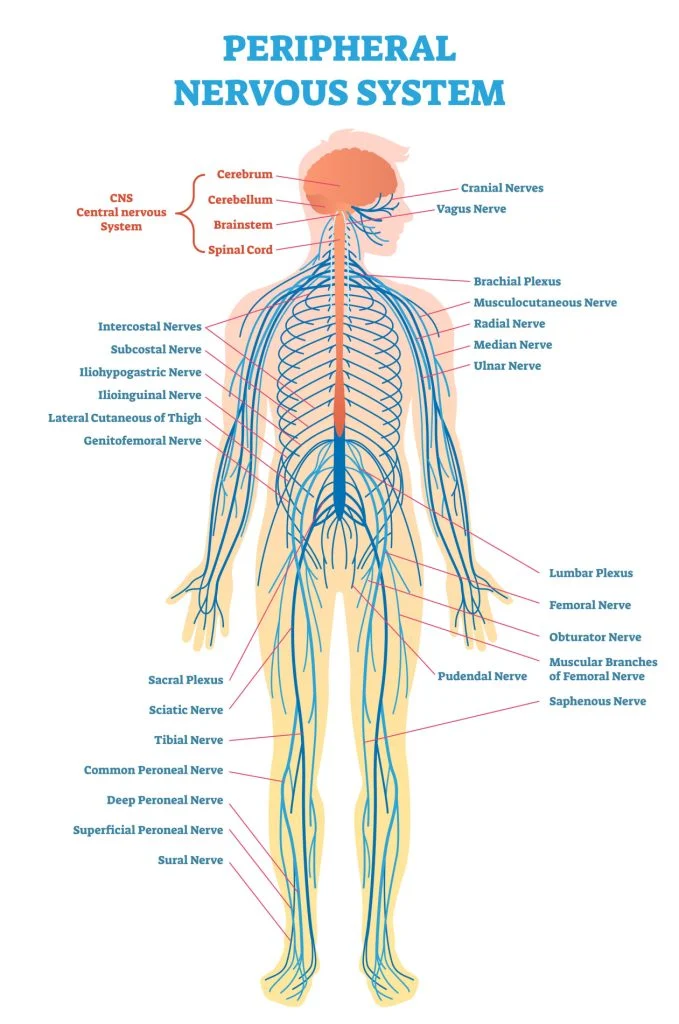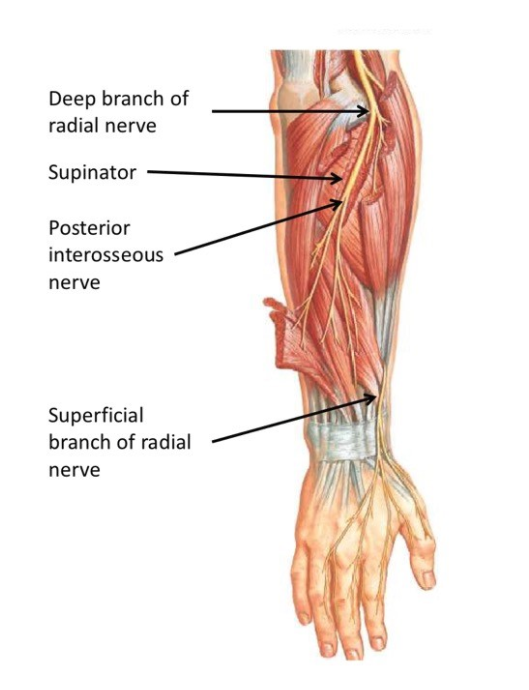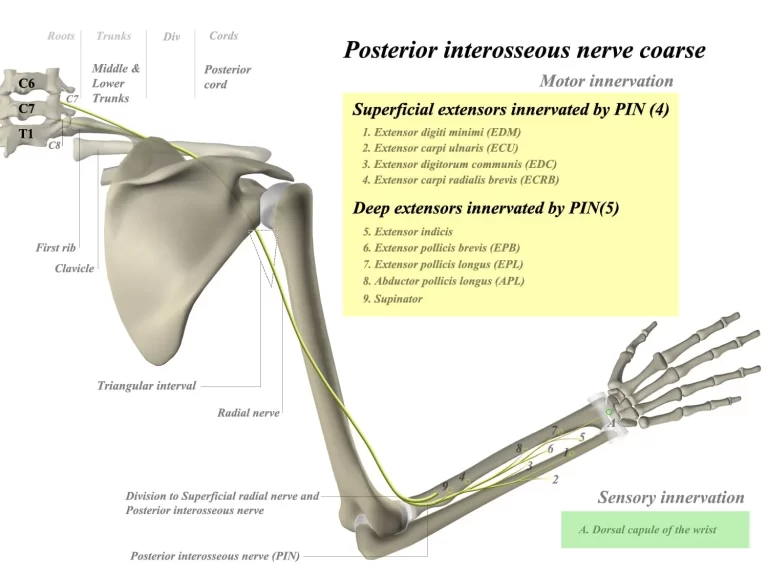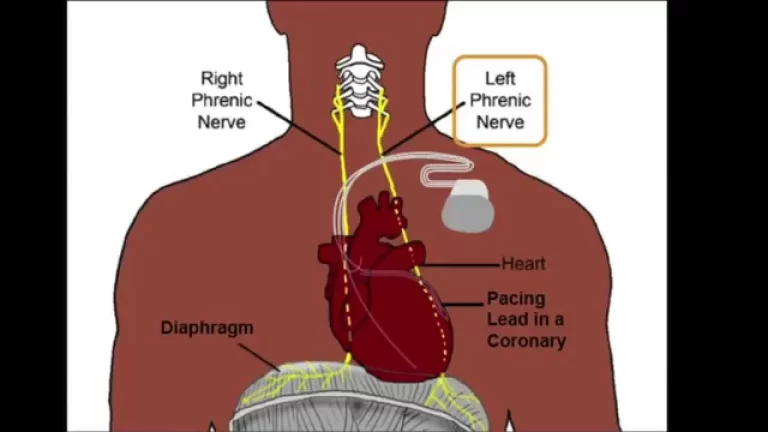Pseudo-volkman contrcture
What is the Pseudo-Volkmann’s contracture? Pseudo-Volkman contraction, also known as “Pseudo-Volkman syndrome” or “Pseudo-Volkman ischemic contracture,” is a rare and serious medical condition characterized by the development of muscle contractures in response to prolonged or severe ischemia (lack of blood flow) to a specific area of the body. The term “pseudo” is used to differentiate…

